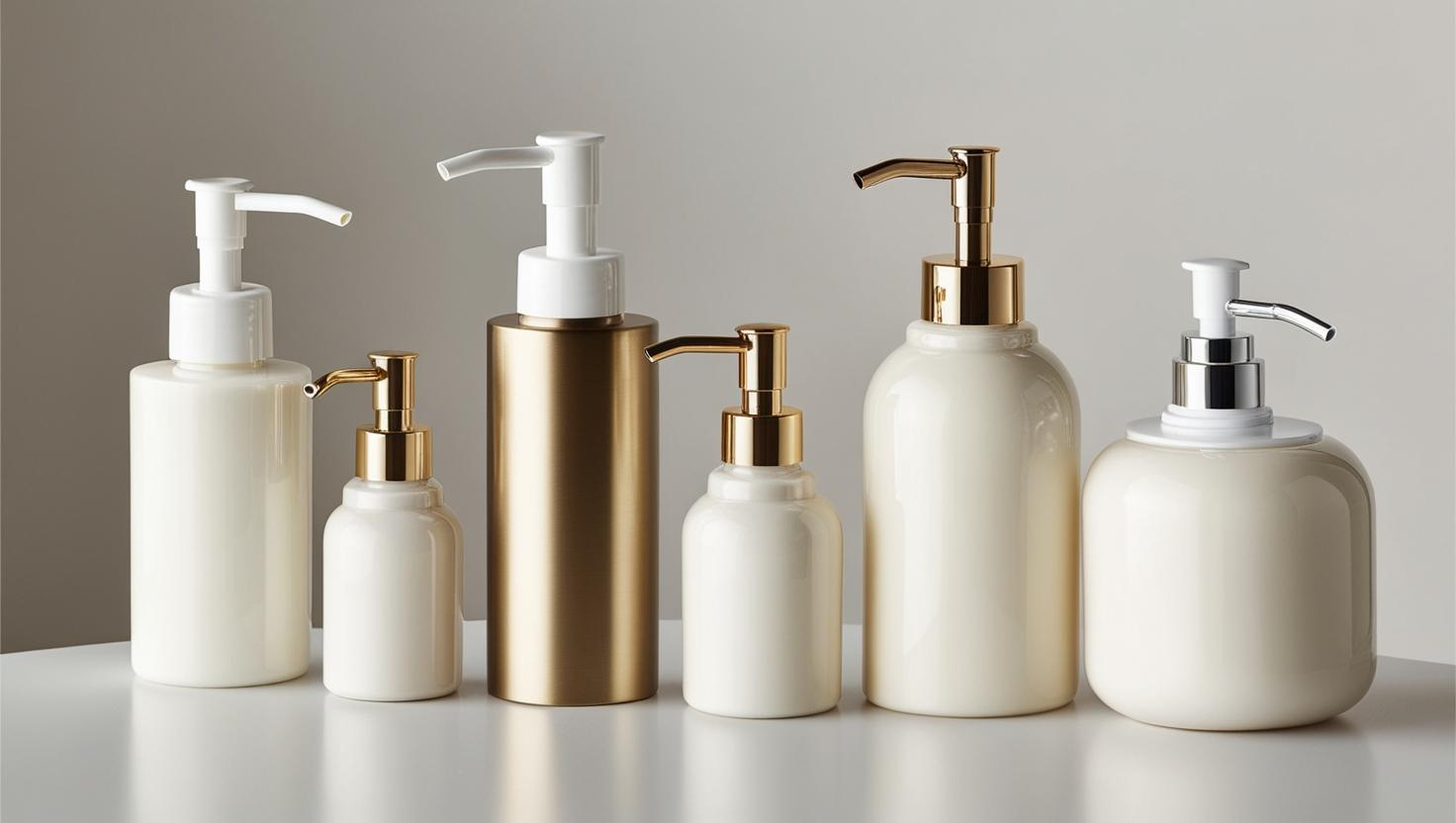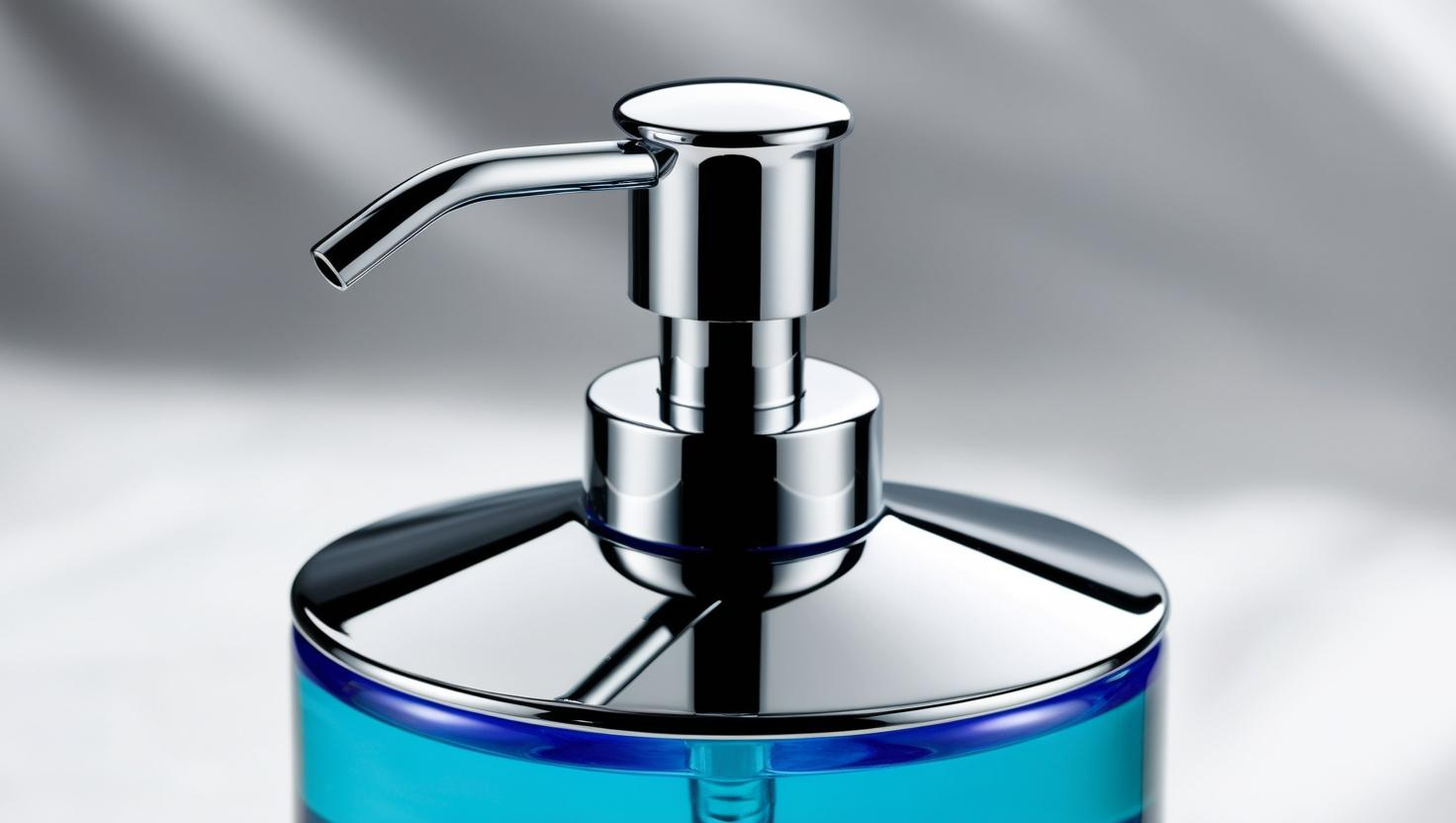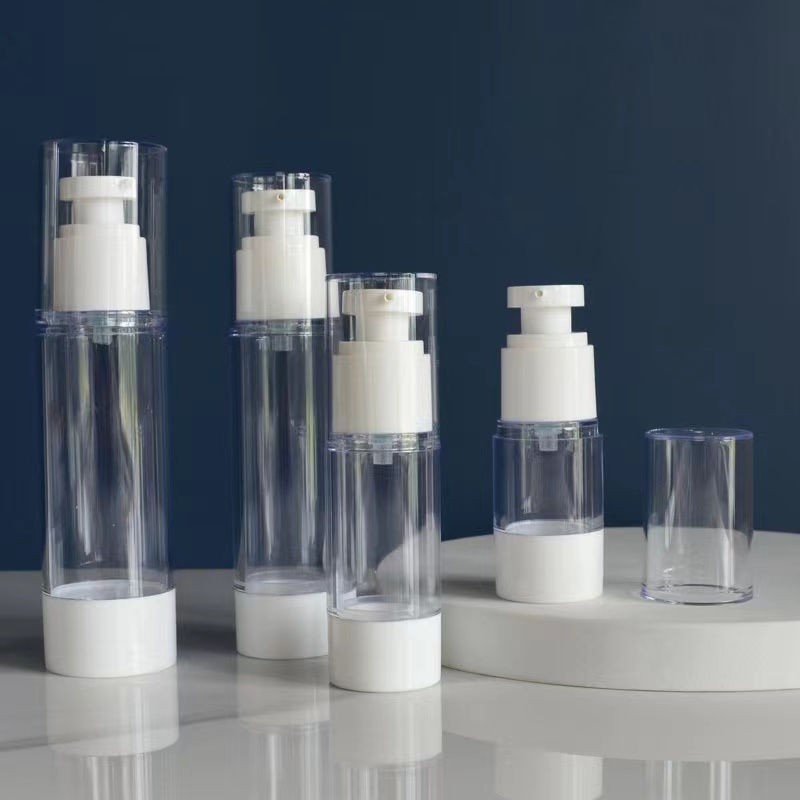
Pump bottle dispensers are essential for dispensing liquids like lotions, soaps, or serums. But what makes them so practical, and why are they so widely used?
A pump bottle dispenser is a container with a built-in mechanism to release a specific amount of liquid or cream by pressing the pump head.
They are versatile and improve convenience for both personal and professional uses. Let’s explore how to make one, how they differ, and their types.
How to turn any bottle into a pump bottle?
Sometimes you want to reuse an old bottle but wish it had a pump for easier dispensing. Is it possible to convert it?
Yes, you can turn any bottle into a pump bottle by attaching a compatible pump dispenser lid to its neck.
To do this:
- Measure the neck size1 of the bottle to ensure compatibility with the pump.
- Purchase a pump lid2 that matches the neck size.
- Clean and sanitize the bottle and pump to ensure safe usage.
- Attach the pump securely, ensuring there’s no leakage.
Why is bottle compatibility important?
If the pump doesn't fit well, the bottle may leak, or the pump may not function effectively. Most pumps come in standard sizes3 like 24/410 or 28/410. Always check before purchasing.
| Bottle Neck Size | Standard Pump Sizes |
|---|---|
| 24mm | 24/410 |
| 28mm | 28/410 |
Are there DIY alternatives?
If you’re crafty, you can use a pump from an old dispenser bottle4. Just clean it thoroughly and trim the dip tube to fit the new bottle.
What is the difference between a pump and a dispenser?
These terms often seem interchangeable, but are they?
A pump is a mechanism, while a dispenser refers to the whole system that releases product through a pump.
The pump is just one part of the dispenser. A dispenser may include the pump, the bottle, and sometimes even features like locking mechanisms5 or dosage control.
Key differences at a glance:
| Feature | Pump | Dispenser |
|---|---|---|
| Function | Mechanism to extract | System for dispensing |
| Application | Found on dispensers | Complete product |
| Examples | Pump head, lotion pump | Soap dispenser, hand sanitizer bottle |
Understanding this distinction helps when choosing the right product for your needs.
What is a pump dispenser?
If you've seen a bottle with a push-down head, you've likely encountered a pump dispenser. But what exactly defines it?
A pump dispenser is a bottle with a pump mechanism to dispense liquid or semi-liquid products in controlled amounts.

These are used across industries, from beauty to food. They ensure hygiene, reduce wastage, and improve user experience.
Features of pump dispensers:
- Controlled dispensing: Prevents spills and overuse6.
- Hygienic: Avoids direct contact with the product.
- Refillable: Most pump dispensers can be reused.
Types of pump dispensers:
- Lotion Pumps: Commonly used for creams and moisturizers.
- Foaming Pumps: Designed to create foam from liquid soap or cleansers.
- Trigger Pumps: Typically for sprays or cleaning solutions.
Are airless pump bottles better?
Airless pump bottles are growing in popularity, but are they worth the hype?
Airless pump bottles are better for preserving product quality by preventing air exposure, making them ideal for sensitive formulations.

Why choose airless?
Airless technology creates a vacuum, pushing the product out without letting air back in. This benefits products like natural cosmetics7, serums, or creams that degrade quickly when exposed to oxygen.
Advantages of airless pump bottles:
| Feature | Standard Pump Bottles | Airless Pump Bottles |
|---|---|---|
| Air Exposure | Yes | No |
| Product Preservation | Moderate | Excellent |
| Suitable for Natural Products | No | Yes |
Are there downsides?
Airless bottles are more expensive and may not be ideal for all budgets. However, the improved shelf life and reduced waste often justify the cost.
Conclusion
Pump bottle dispensers are versatile, convenient, and essential for many uses. Whether you’re reusing an old bottle, understanding pump mechanics, or upgrading to airless designs, these tools make life easier.
-
Explanation on measuring bottle neck size for pump compatibility. ↩
-
Guide to finding compatible pump lids for different bottles. ↩
-
Details about standard pump sizes and why they matter. ↩
-
DIY methods to turn old bottles into pump dispensers. ↩
-
Explanation of locking mechanisms and their role in dispensers. ↩
-
Benefits of controlled dispensing for reducing waste and spills. ↩
-
Importance of airless technology for preserving natural cosmetics. ↩

